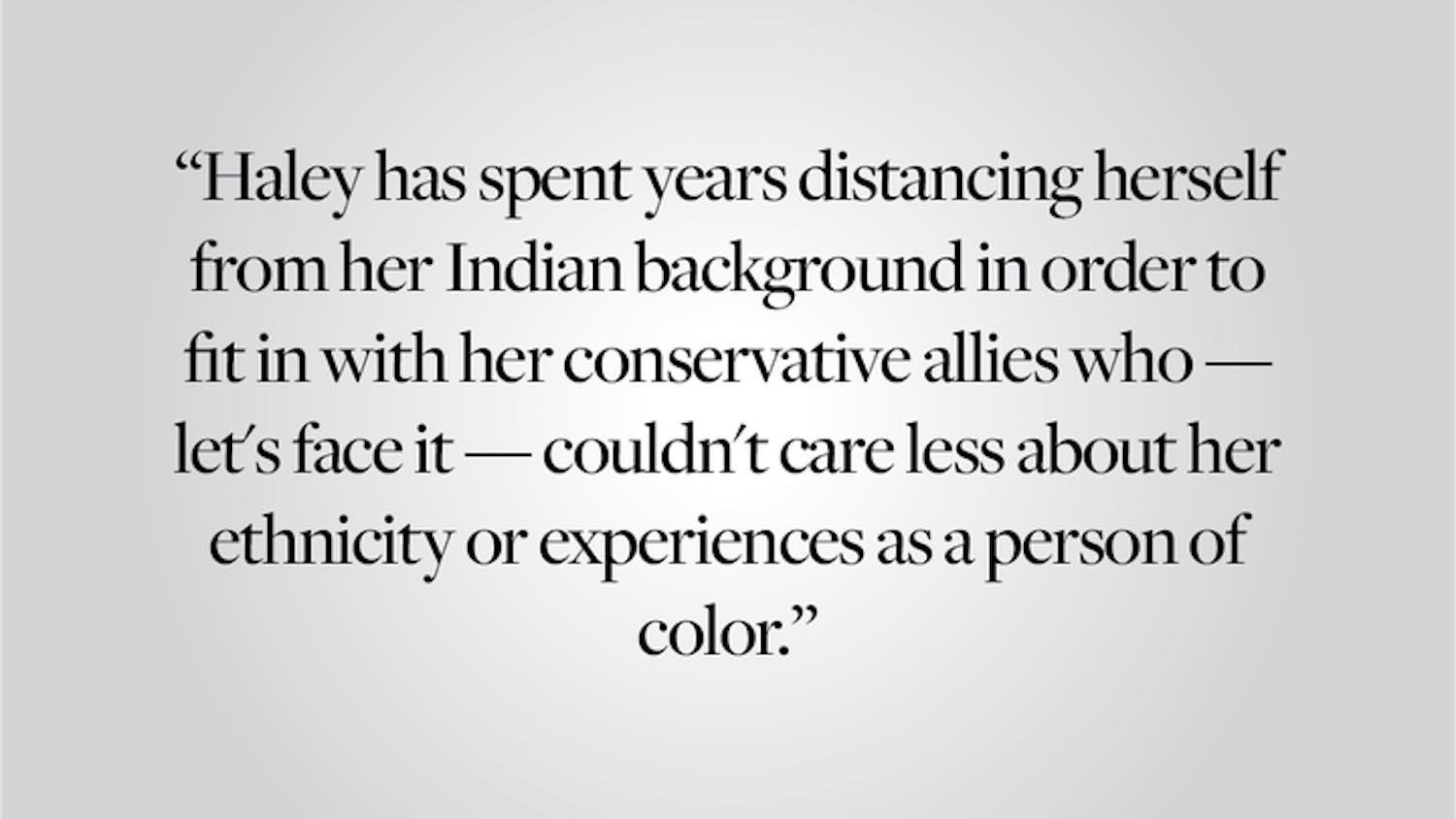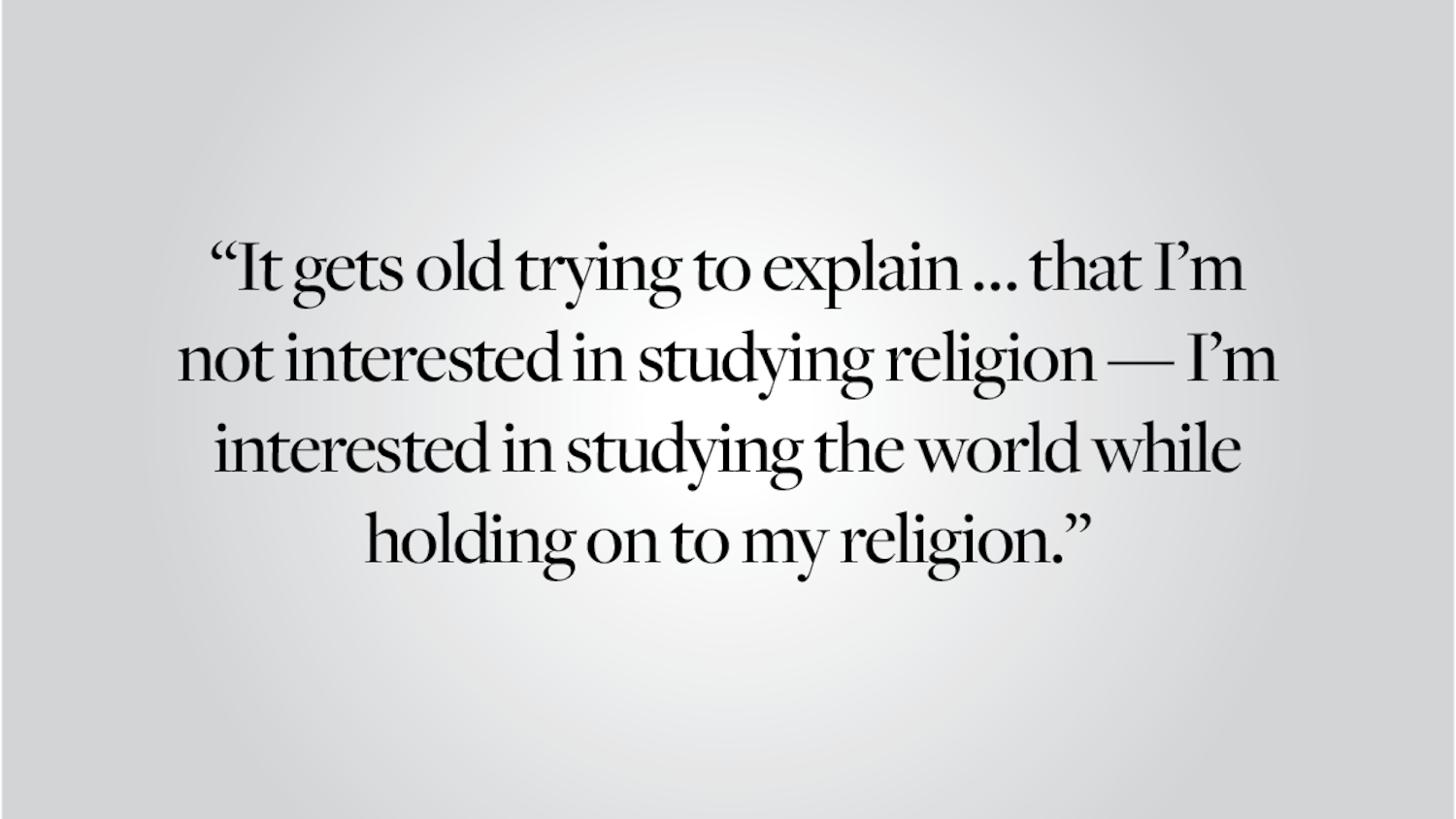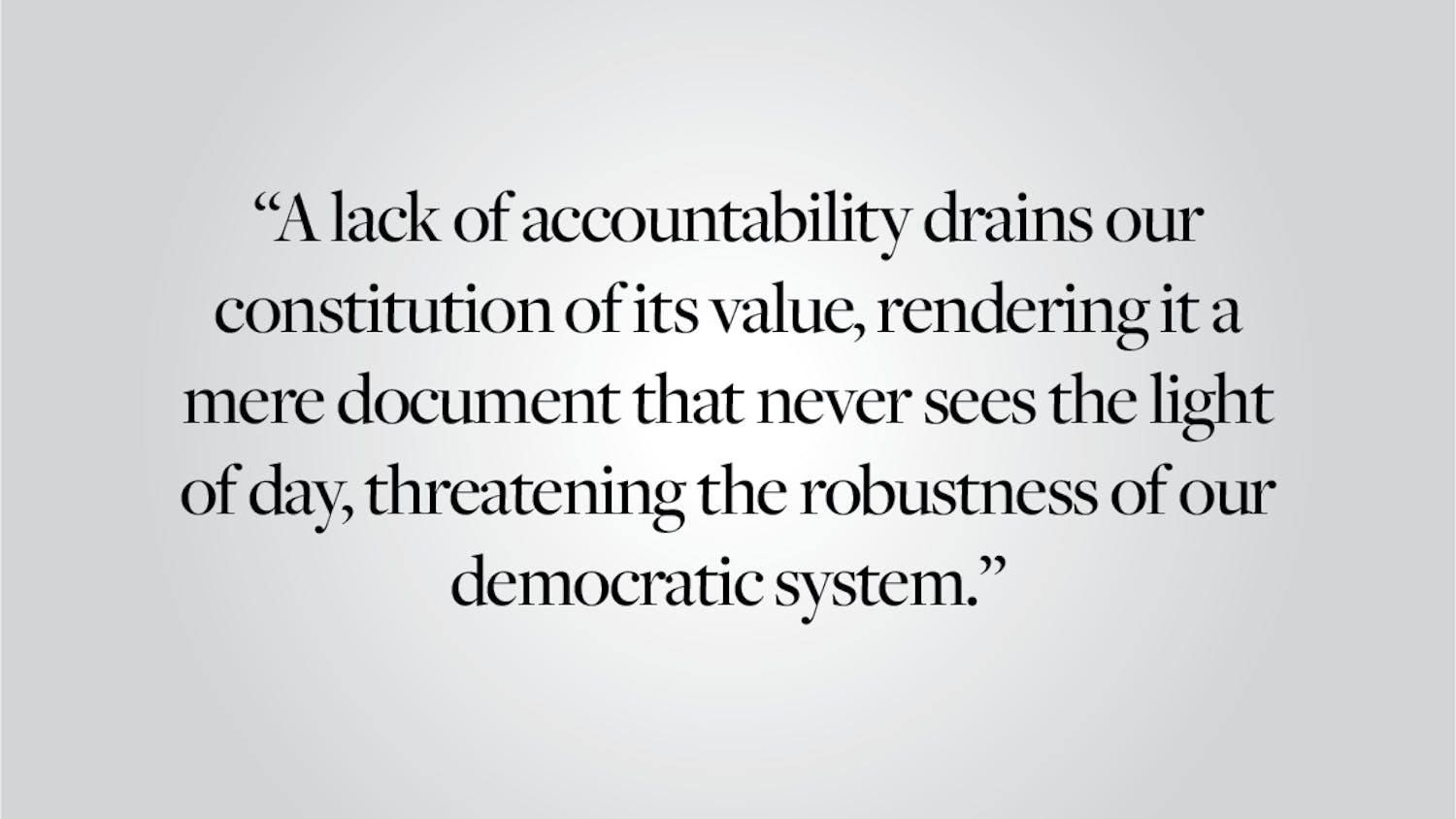Earlier this year, The Herald investigated the 2016 presidential election campaign donations made by students and faculty members and found that faculty members unanimously supported Democratic candidates. This year’s donations are not an anomaly. During the 2012 election cycle, Brown faculty donated over $126,000 to candidates for public office. Of that money, less than 0.5 percent went to Republican candidates. Two years later in 2014, Brown’s record was even more abysmal. Of $12,000, not a dime went to a Republican.
These statistics raise an important question regarding political diversity on campus: What is Brown doing to provide its students with the kind of diversity of thought that would challenge and strengthen the minds of everyone in the school? Though Brown has historically led efforts in revolutionizing academia, it not only conforms to national trends when it comes to political and ideological diversity on campus, but also consistently underperforms in a wide variety of metrics measuring diversity of thought.
In the “real” world, 42 percent of Americans identify as Republican while 47 percent identify as Democratic. According to the David Horowitz Freedom Center, the ratio of Democrats to Republicans amongst Brown faculty members was 30-to-1, a rough 3 percent. This substandard percentage falls significantly below that of U.S. colleges overall, in which only about 10 percent of faculty members are Republican. If, as Nelson Mandela said, “We can use education to change the world,” how is Brown serving students when its faculty is not representative of the diverse ideologies of the world?
Brown’s faculty is not even representative of the opinions in its own student body. According to a 2015 Herald poll, 58.5 percent of students identified themselves as somewhat liberal or very liberal, while 30.9 percent of students identified as very conservative, somewhat conservative or centrist on fiscal issues. Socially, while our campus was more liberal overall, 13 percent still labelled themselves as very conservative, conservative or centrist. But even though a significant number of students don’t identify as liberal at all, for many it does not feel that way.
Hard numbers about this sort of thing are hard to come by, but that feeling is at least partially legitimate according to a small sample from the college ranking site Niche. The majority of students — 91 percent — feel that the political environment on our campus as a whole is liberal or very liberal. We must ask ourselves where this discrepancy comes from. Could it be that the campus narrative is steered by faculty members? Do political ideologies of professors dominate or mediate the direction of campus-wide discourse?
To answer these questions, we must study other institutions and their political leanings. At Dartmouth College, for example, 27 percent of faculty donations went to Republican candidates in 2014. In 2012, 58 percent of the donations given by individuals affiliated with Dartmouth went to Republicans. As of March 20, according to Niche, only 37 percent of students perceive Dartmouth as liberal or very liberal. These findings indicate that campaign contributions are likely a good indicator of the faculty’s political makeup and that the political makeup of the faculty is correlated with students’ perceptions of campus. At least in this example, it seems that a more balanced faculty has a moderating effect on campus political climate.
Our University should be equipped with faculty members who represent various identities and who create an atmosphere in which all students feel comfortable expressing their opinions and engaging in constructive discussions with both their peers and professors. Insufficient efforts to diversify the political climate on campus do a disservice to students who would otherwise be challenged and enriched by a broader range of perspectives.
College is not a time when students should be exposed to limited viewpoints. As President Barack Obama said, “I don’t agree that you, when you become students at colleges, have to be coddled and protected from different points of view.” Obama added, “Sometimes I realized maybe I’ve been too narrow-minded, maybe I didn’t take this into account, maybe I should see this person’s perspective. … That’s what college, in part, is all about.”
A more ideologically diverse faculty at Brown would encourage more balanced political discourse and create an environment of inclusion for students of all political affiliations. We, the College Republicans of Brown University, look forward to a dialogue about this issue and a search for potential solutions.
Austin Rose ’19 and Justin Braga ’16 write on behalf of the Brown Republicans Club. They can be reached at austin_rose@brown.edu and justin_braga@brown.edu.
Please send responses to this opinion to letters@browndailyherald.com and other op-eds to opinions@browndailyherald.com.




